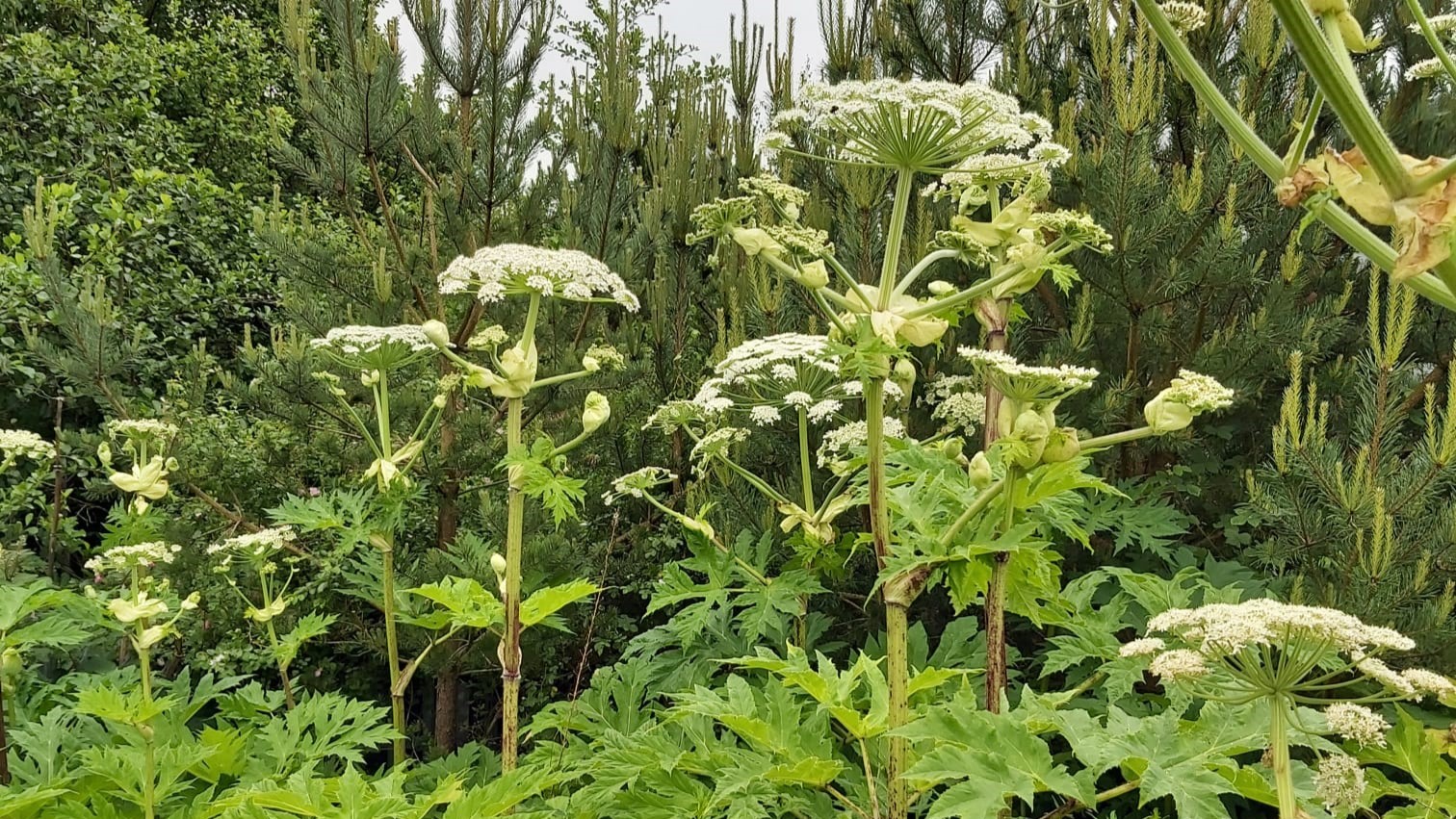Tree of Heaven
Specialists in Tree of Heaven control across Scotland. Effective, long-term solutions for removing Ailanthus altissima from homes and commercial land.
What is Tree of Heaven?
Tree of Heaven (Ailanthus altissima) is a fast-growing, highly invasive deciduous tree that poses serious ecological and structural threats across Scotland. Originally introduced from China in the 18th century as an ornamental species, it is now considered a major pest due to its aggressive root system and ability to outcompete native vegetation.
Capable of growing over 1 metre per year, it can quickly dominate landscapes, roadsides, brownfield sites and disturbed urban ground.
How Does Tree of Heaven Spread?
Tree of Heaven spreads through root suckering and seed dispersal. Roots can be observed up to 20 meters from the source tree. It also produces copious amounts of seeds encapsulated within winged samaras or schizocarps, allowing dispersal over distances of up to 100 metres.
Issues Caused by Tree of Heaven
What are the Environmental and Structural Risks?
Tree of Heaven forms dense thickets that outcompete native trees and shrubs, reducing biodiversity. It releases allelopathic chemicals into the soil, inhibiting the growth of other species.
Structurally, its powerful root system is known to damage paving, walls, foundations, and underground utilities. Its rapid regrowth from cut stumps or root fragments also makes removal highly complex without specialist intervention.
What are my Legal Responsibilities?
While Tree of Heaven is not currently listed on Schedule 9 of the Wildlife and Countryside Act 1981, its inclusion has been proposed due to increasing concern about its spread. Landowners are encouraged to control infestations responsibly and prevent spread to adjacent land. Failure to manage invasive species could lead to liability in civil cases, particularly if it causes structural damage to neighbouring property.
Identification of Tree of Heaven Throughout the Year
Seasonal Growth Cycle
- Spring: Bud break and rapid shoot extension.
- Summer: Full foliage and production of winged seeds.
- Autumn: Leaves turn yellow; seeds dispersed by wind.
- Winter: Deciduous, but mature stems remain visible.
Detailed Tree of Heaven Characteristics
- Stems: Smooth, grey bark with light vertical lines. Older trunks develop shallow ridges.
- Leaves: Large pinnate leaves up to 1 metre long with 10-40 leaflets. Distinctive notches near the base emit an unpleasant odour.
- Flowers: Greenish-yellow in summer, on separate male and female trees.
- Seeds: Female trees produce papery samaras in dense clusters.
- Roots: Vigorous and far-reaching, capable of producing suckers metres away from the parent tree.
Treatment and Control of Tree of Heaven
How to Remove Tree of Heaven
At JBB Knotweed Solutions Ltd, we offer reliable, professional treatment options to control and remove Tree of Heaven safely and effectively.
Our Treatment Methods
- Herbicidal Treatment: Targeted herbicide treatments are often the most effective method, especially when applied during the active growing season. We use stem injection or basal bark treatments where appropriate, minimising harm to surrounding vegetation. Multiple treatments may be required over several seasons for full eradication.
- Mechanical/Manual Removal: Due to the tree’s strong regenerative capacity, mechanical removal alone is rarely successful. Our team provides long-term management strategies combining physical and chemical control to suppress regrowth and exhaust the root system.
Book a Survey
Book a survey today with JBB Knotweed Solutions to take the first step towards a Tree of Heaven free environment.
More from JBB Knotweed Solutions



